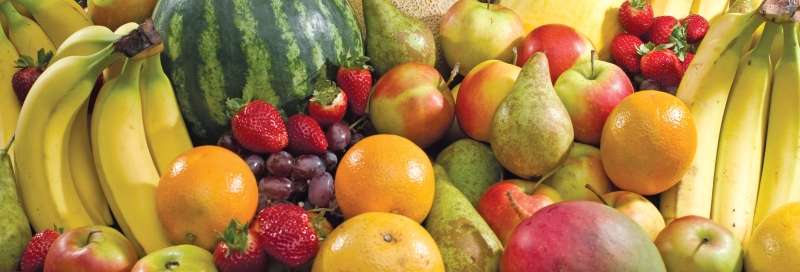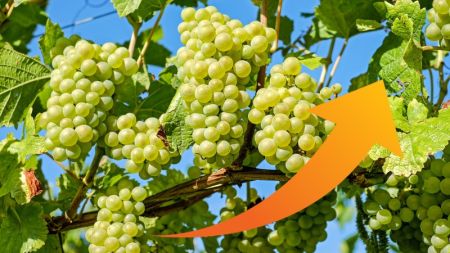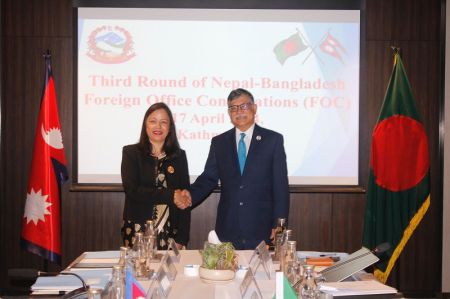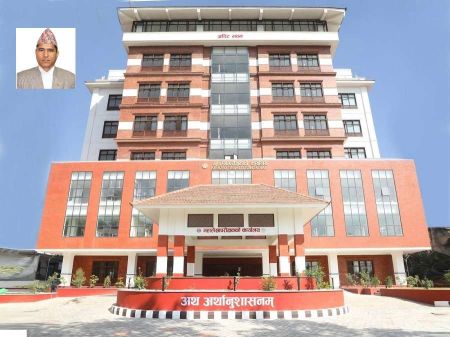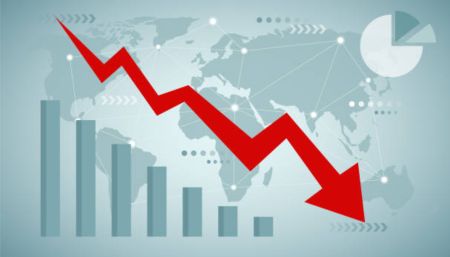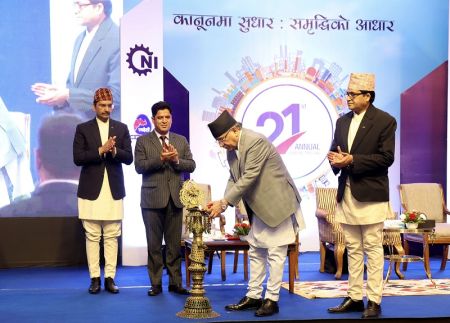Several studies have revealed Nepal’s massive potential in horticulture. Nepal is endowed with geographical diversity and different ecological zones suitable for growing varieties of fruits throughout all seasons. Considering these factors, the horticulture sector has been regarded as the most prioritised sector in agriculture. King Birendra had even declared the Himalayan region a special zone for horticulture development.
As a result, several horticulture centres were established in various ecological regions of the country. However, those activities proved to be a futile attempt due to the bureaucratisation of development activities, ignorance of market forces and a distinct lack of coordinated action in infrastructure development.
Further, a lack of vision in establishing collection centres and cold stores, the higher interest rate imposed on agricultural loans and an inefficient technical support program to Nepalese producers served as additional roadblocks.
Similarly, the concept of backward and forward linkage was never implemented in Nepal’s horticulture sector. The import trend of fruits indicates how visionless we are in developing the horticulture sector. However, the import trend also shows the opportunities inherent in this sector. In keeping with the growing demand for fruits, the private sector should come forward to invest in Nepal’s horticulture.
The government of Nepal should formulate an investment-friendly policy to enhance the effective value chain mechanism to create a win-win situation for all the involved parties. Likewise, the government should declare horticulture regions as a tax-free zone to attract investment. The country’s Himalayan region should be developed as a special zone to produce winter and citrus fruits, and a particular pocket in the Terai region should be allocated to grow summer fruits. This integrated approach will help make Nepal self-reliant in the sector.
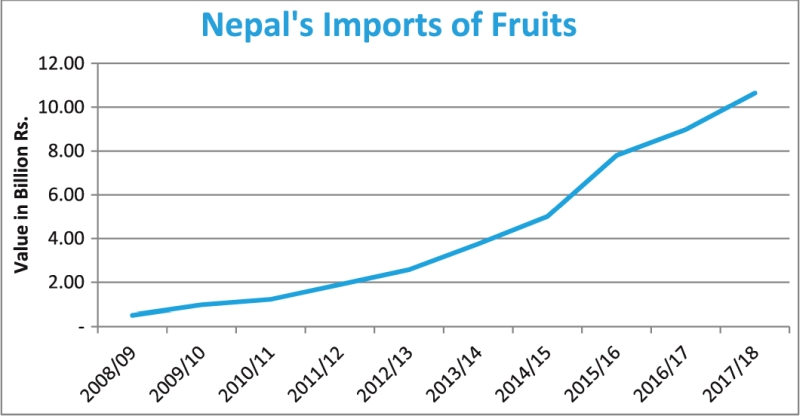

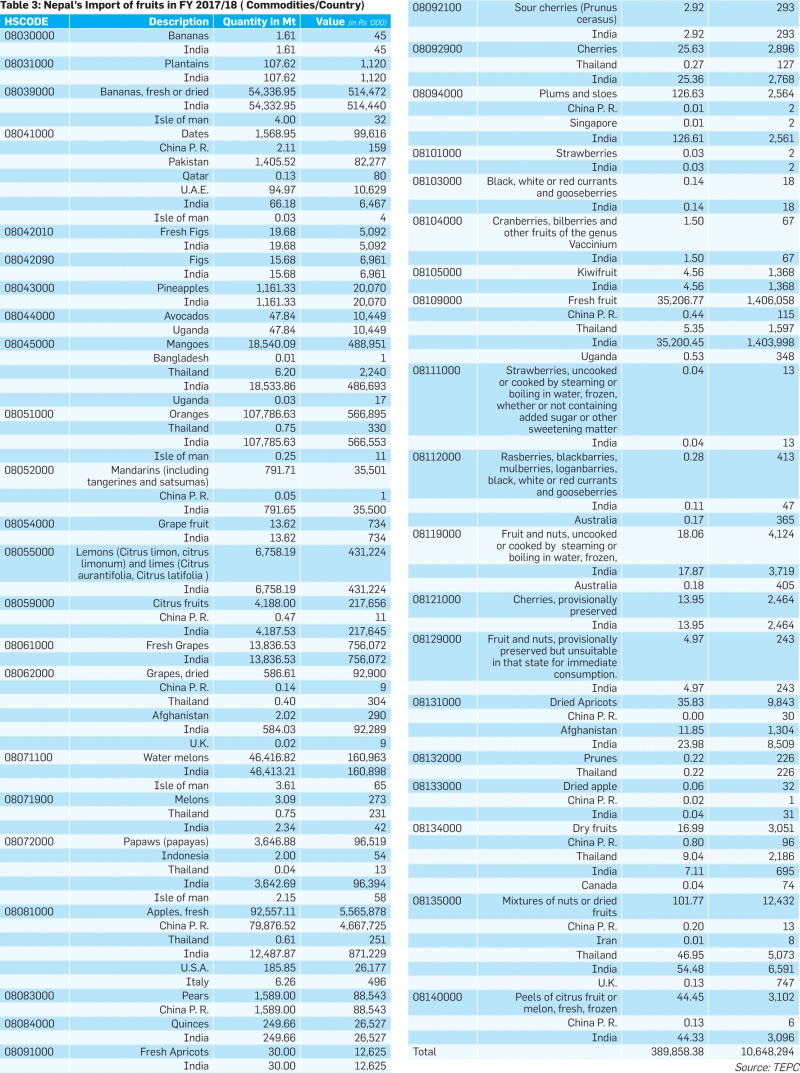
(Corrigendum: In January 2019 issue, the value in the ‘Country-wise Import of Sugar 2017/18’ table was inadvertently printed as “in Rupees” which should have been “thousand Rupees”. The error is regretted. – Editor)


